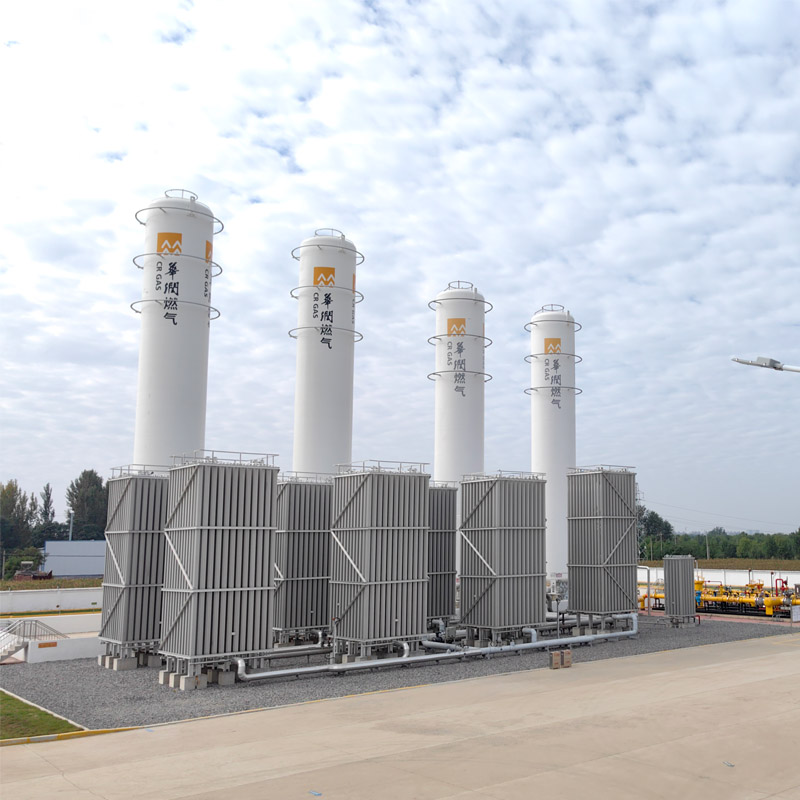
Aug . 01, 2024 00:07
Back to list
Exploring the Functionality and Efficiency of Heat Exchangers in Modern Engineering Applications
The Importance of Heat Exchangers in Modern Engineering
Heat exchangers are crucial components in many industrial processes, playing a vital role in the efficient transfer of heat between two or more fluids. These devices are designed to facilitate thermal energy exchange while maintaining separation between the fluids to prevent mixing. In a world where energy efficiency and sustainability are increasingly emphasized, understanding the functioning and importance of heat exchangers becomes essential.
Heat exchangers operate on one fundamental principle the physical transfer of heat from a hotter fluid to a cooler one. This transfer occurs through convection and conduction, relying on the temperature difference between the fluids. There are various types of heat exchangers, including shell and tube, plate, air-cooled, and double-pipe exchangers, each suited for specific applications and conditions.
.
In the chemical industry, heat exchangers facilitate essential processes such as heating, cooling, condensation, and vaporization. By recovering heat from exothermic reactions or cooling down end products, these devices enhance energy utilization and minimize waste. For instance, in a petrochemical plant, heat exchangers are critical for refining processes like distillation, where precise temperature control is vital for product quality and yield.
مبادل حراري

In the HVAC (heating, ventilation, and air conditioning) sector, heat exchangers play a pivotal role in controlling indoor climates efficiently. They are used in systems designed to heat or cool air for residential, commercial, and industrial applications. Technologies such as heat recovery ventilators utilize heat exchangers to reclaim energy from exhaust air, thus reducing energy costs while maintaining comfort.
The design and materials used in constructing heat exchangers significantly impact their performance and longevity. Engineers must consider factors such as thermal conductivity, corrosiveness of fluids, and operating temperatures when selecting materials. Advanced computer modeling and simulation tools aid engineers in designing efficient heat exchangers that meet specific application requirements and optimize heat transfer while minimizing pressure drops.
Moreover, the maintenance of heat exchangers is vital to ensure continuous operation and efficiency. Regular cleaning and inspection can prevent fouling and scaling, which can diminish heat transfer efficiency. Advances in sensor technology have enabled real-time monitoring of heat exchanger performance, allowing for timely interventions and reducing downtime.
As industries strive for greater efficiency and lower emissions, the demand for innovative heat exchanger solutions continues to grow. Research and development in this field are focused on creating more effective designs, utilizing novel materials, and integrating heat exchangers into renewable energy systems.
In conclusion, heat exchangers are fundamental to many industrial operations, impacting energy efficiency, production costs, and environmental sustainability. As technology advances, the importance of optimizing heat transfer processes becomes increasingly critical. Engineers and researchers must continue to innovate to meet the future demands of energy utilization and management.
Latest news
-
Safety Valve Spring-Loaded Design Overpressure ProtectionNewsJul.25,2025
-
Precision Voltage Regulator AC5 Accuracy Grade PerformanceNewsJul.25,2025
-
Natural Gas Pressure Regulating Skid Industrial Pipeline ApplicationsNewsJul.25,2025
-
Natural Gas Filter Stainless Steel Mesh Element DesignNewsJul.25,2025
-
Gas Pressure Regulator Valve Direct-Acting Spring-Loaded DesignNewsJul.25,2025
-
Decompression Equipment Multi-Stage Heat Exchange System DesignNewsJul.25,2025

